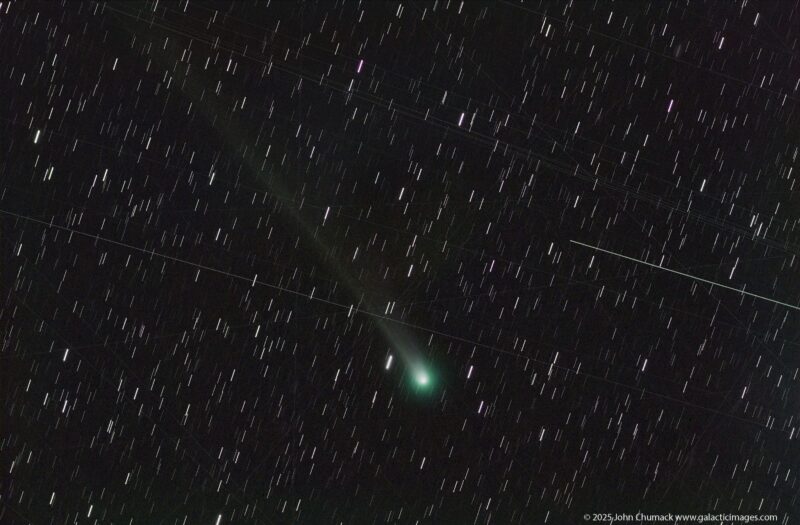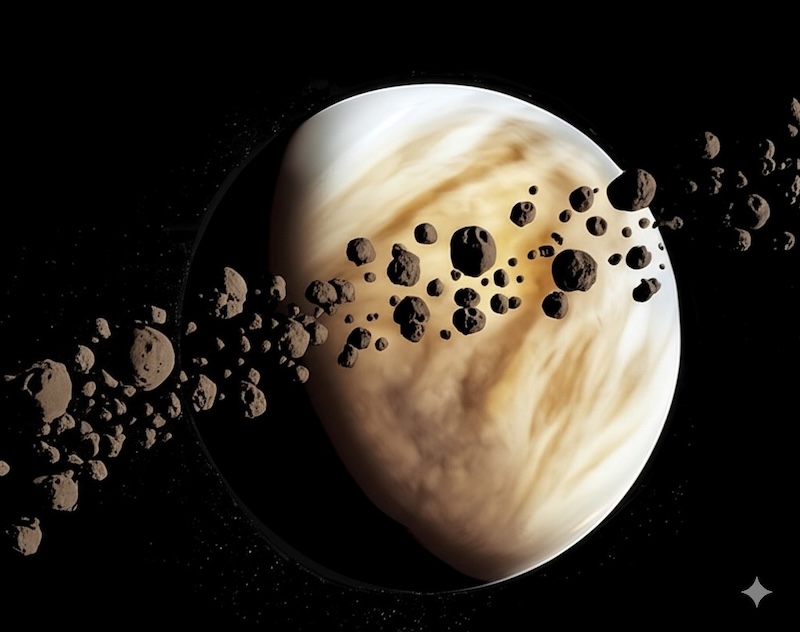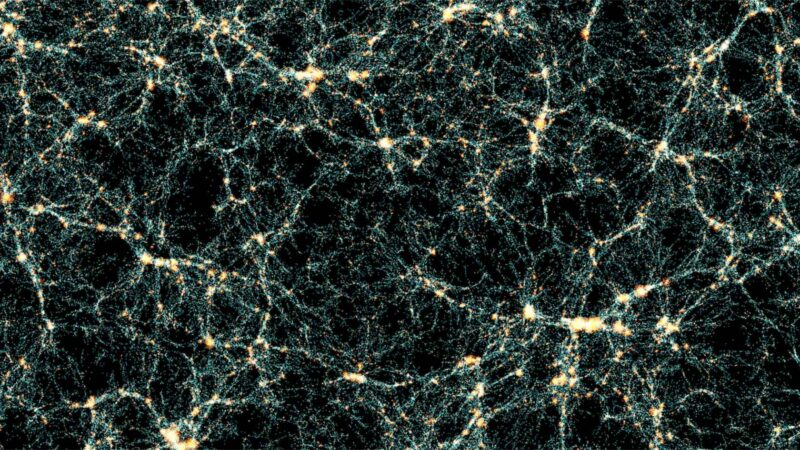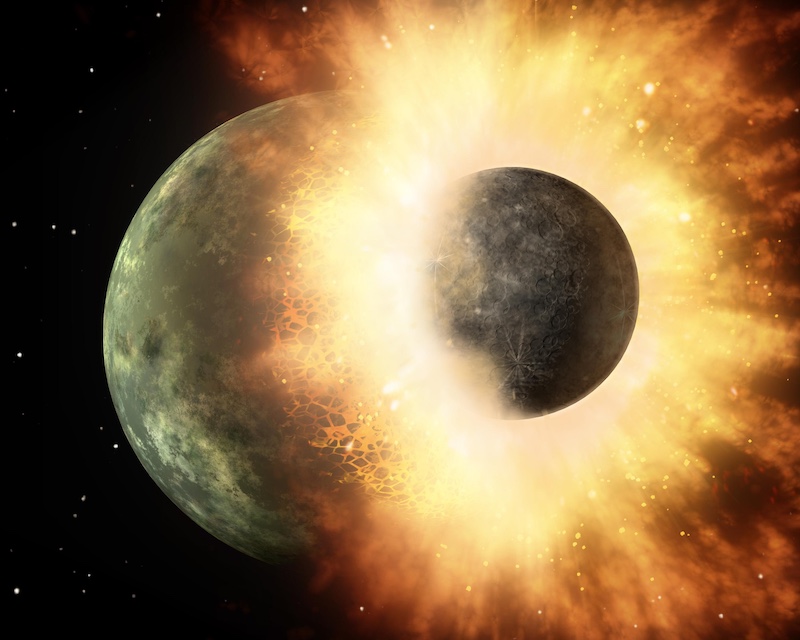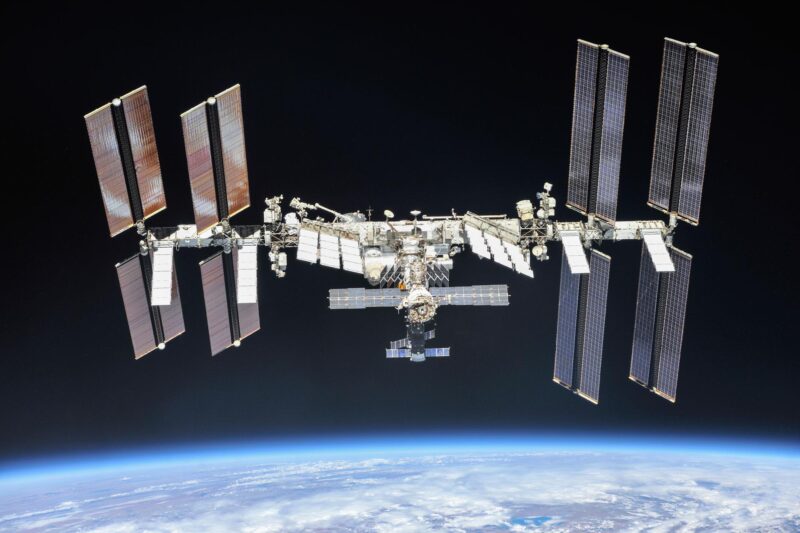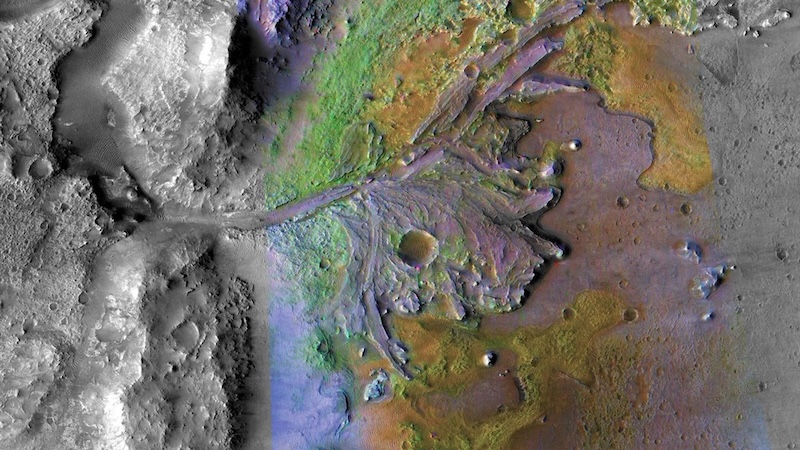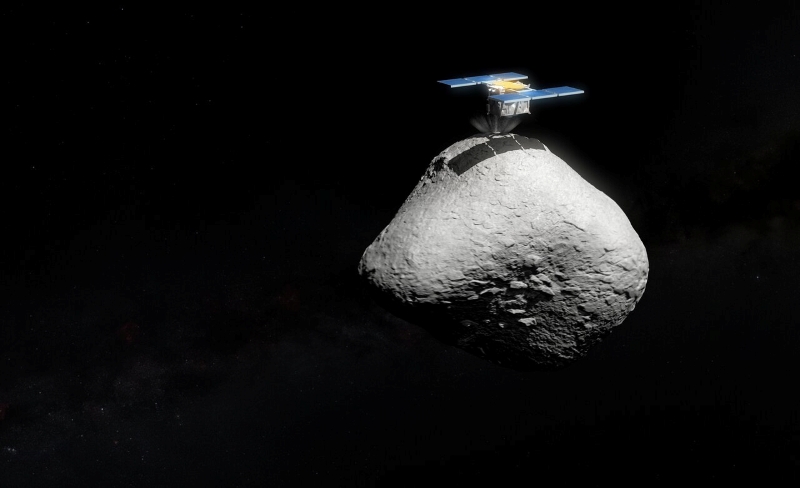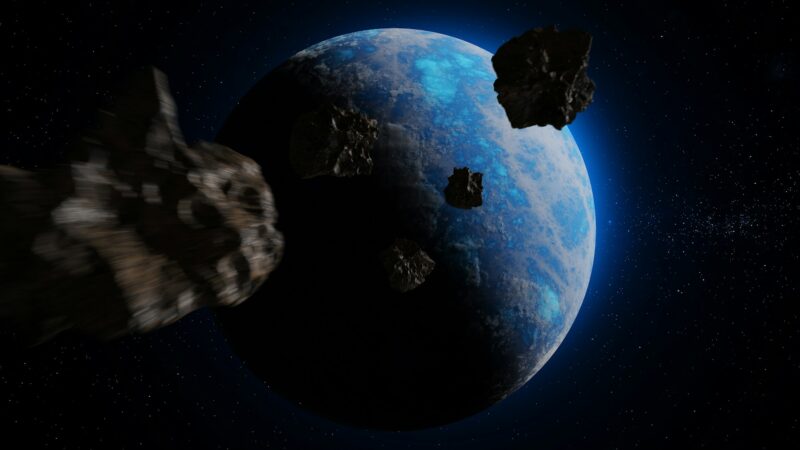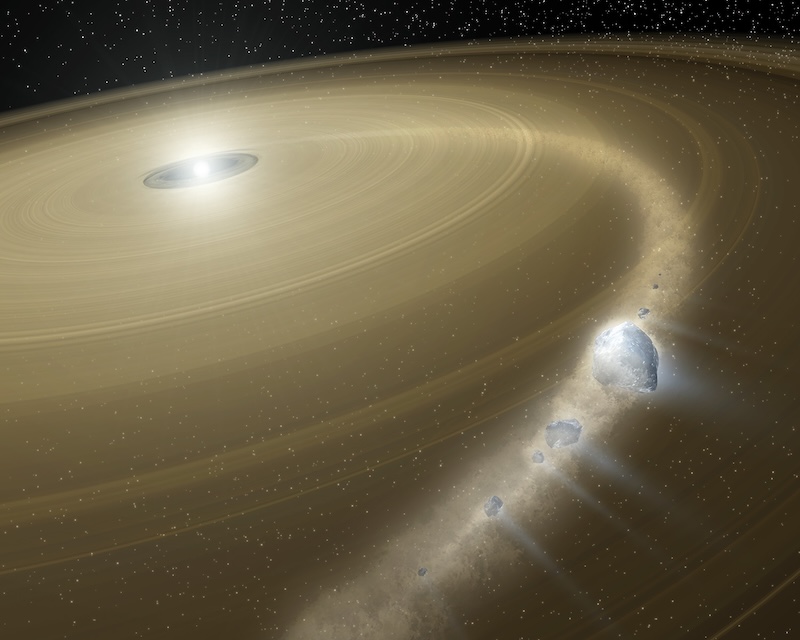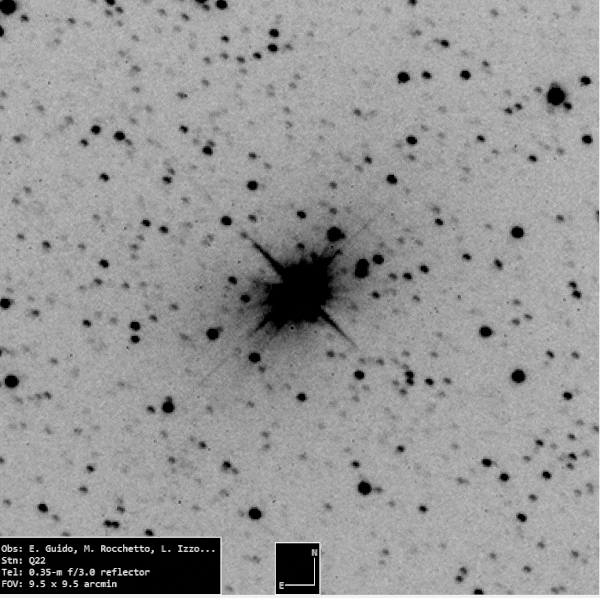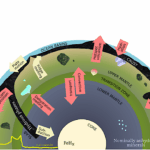View at EarthSky Community Photos. | John Chumack in Yellow Springs, Ohio, captured Comet Lemmon (C/2025 A6) along with some satellite trails on September 27, 2025. John wrote: “Early Saturday
EarthSky8- Page
View larger. | Artist’s illustration of a group of asteroids near Venus. ‘Invisible’ asteroids – ones very difficult to detect with today’s telescopes – that share the same orbit as
Here’s an image from a brand-new simulation of our universe. It’s the largest universe simulation ever created. Blue dots mark galaxies at the centers of dark matter clumps, while red
View larger. | Artist’s concept of a collision between 2 rocky bodies in the early solar system. A new study suggests that such a collision created Mercury, although with more
NASA has said the International Space Station will cease operations at the end of 2030. What will replace it? Image via NASA/ Roscosmos. The International Space Station (ISS) has been
View larger. | Enhanced color image from Mars Reconnaissance Orbiter showing part of Jezero crater. In the middle of this image is an ancient delta formed by a river billions
Artist’s impression of the Hayabusa2 spacecraft touching down on asteroid 1998 KY26. A new study reveals this asteroid is smaller and spinning much faster than once thought. Image via ESO/
Scientists said on September 20, 2025, that they found evidence an asteroid struck the North Sea some 43 million years ago. As a result, the asteroid impact would have resulted
View larger. | Artist’s concept of the white dwarf star WD 1647+375 surrounded by a disk of rocky and dusty debris. This hungry white dwarf is tearing apart and consuming
BOOM! A possible new nova has appeared in the southern constellation of Centaurus the Centaur. This animation shows the before and after of this region of sky. It’s courtesy of
-
 012024 in Review: Highlights from NASA in Silicon Valley
012024 in Review: Highlights from NASA in Silicon Valley -
 02Panasonic Leica Summilux DG 15mm f/1.7 ASPH review
02Panasonic Leica Summilux DG 15mm f/1.7 ASPH review -
 03From Polymerization-Enabled Folding and Assembly to Chemical Evolution: Key Processes for Emergence of Functional Polymers in the Origin of Life
03From Polymerization-Enabled Folding and Assembly to Chemical Evolution: Key Processes for Emergence of Functional Polymers in the Origin of Life -
 04How New NASA, India Earth Satellite NISAR Will See Earth
04How New NASA, India Earth Satellite NISAR Will See Earth -
 05And Thus Begins A New Year For Life On Earth
05And Thus Begins A New Year For Life On Earth -
 06Astronomy Activation Ambassadors: A New Era
06Astronomy Activation Ambassadors: A New Era -
07SpaceX launch surge helps set new global launch record in 2024


